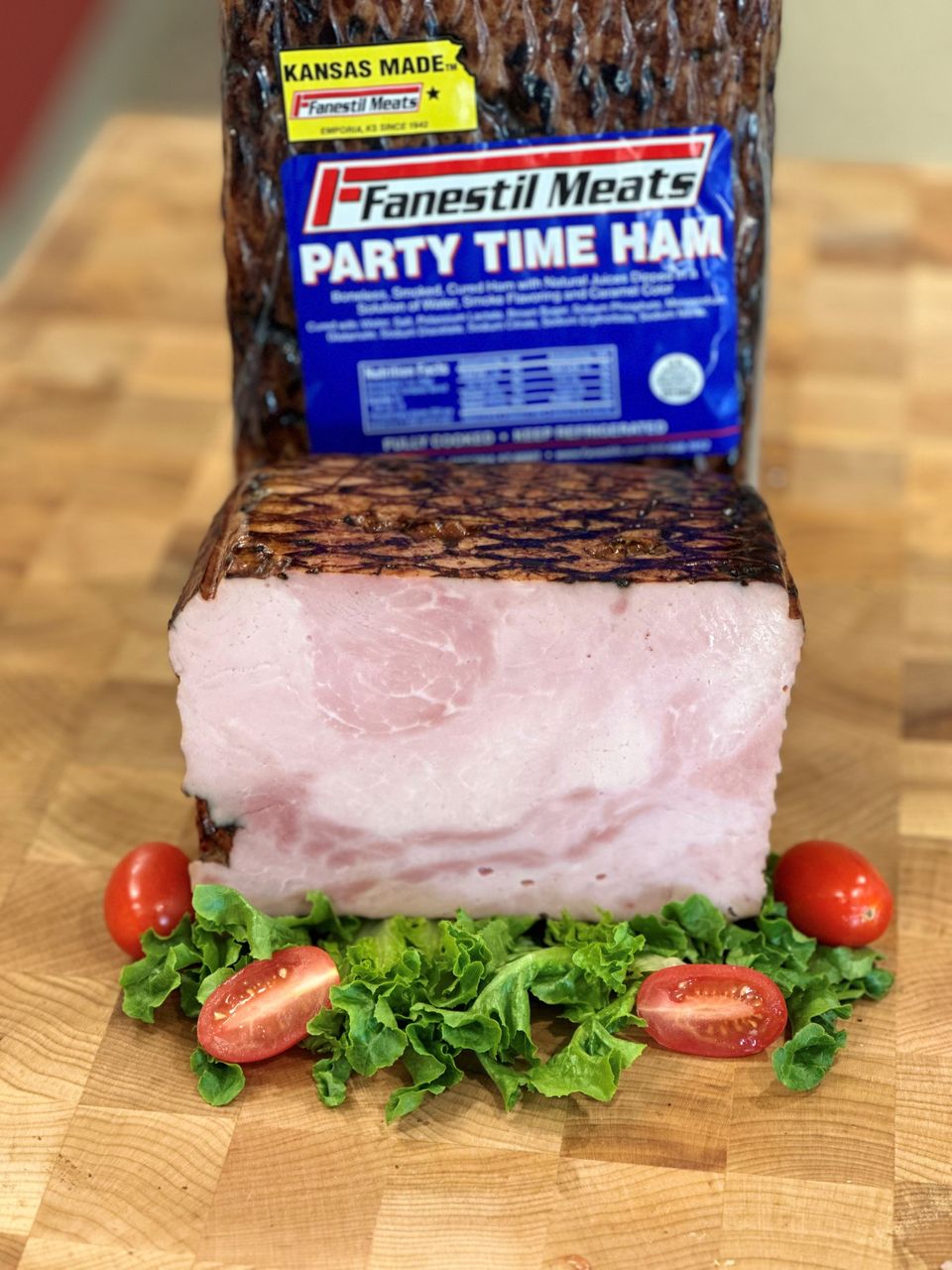Retail
SHOP IN STORE OR ONLINE
At Fanestil Meats, we make it easy for you to enjoy the finest smoked meats and specialty products, whether you prefer shopping in person or ordering online. Visit our Fresh Local Market in Emporia, KS, where you’ll find a wide selection of premium meats, including our famous Party Time Ham, hot dogs, brats, bacon, and more. Our shelves are also stocked with Kansas sourced rubs, sauces, and sides to complement any meal. Our friendly and knowledgeable staff are always ready to help you find the perfect cuts and flavors for your table.
For those who prefer the convenience of online shopping, our easy-to-use online shopping allows you to browse and select from our signature meats, seasonings, and specialty products from the comfort of home. No matter how you shop, Fanestil Meats guarantees the highest quality, freshest flavors, and exceptional customer service every time.
Taste the tradition—shop today!



